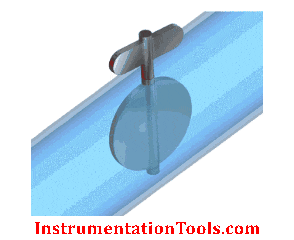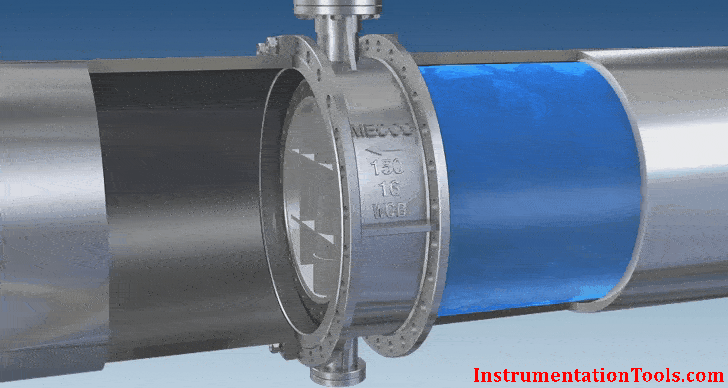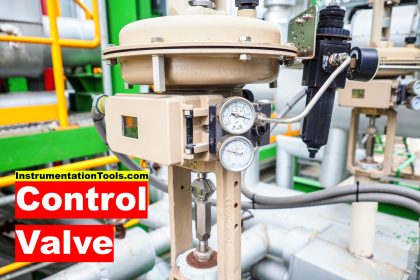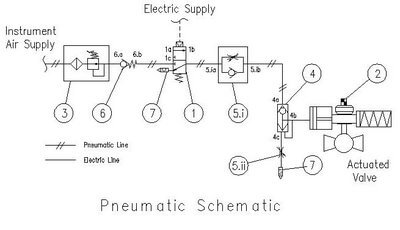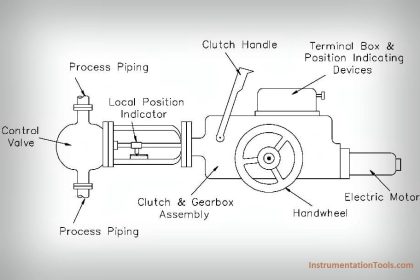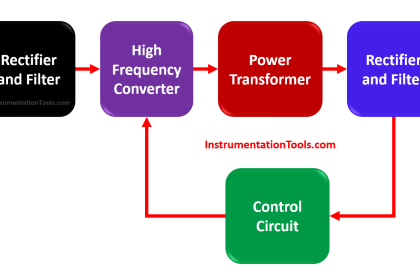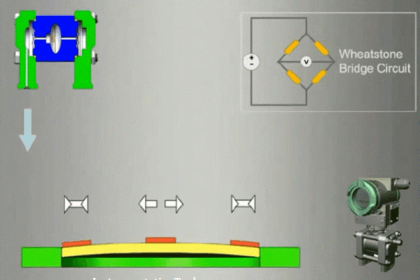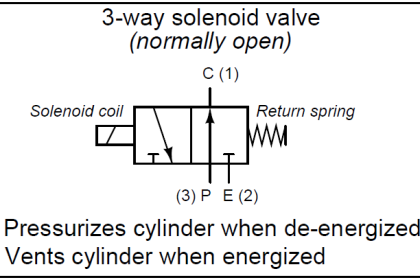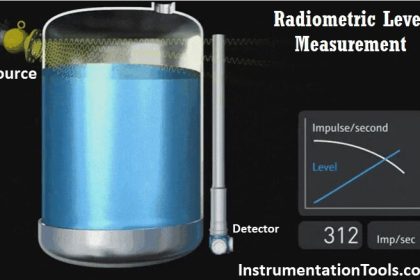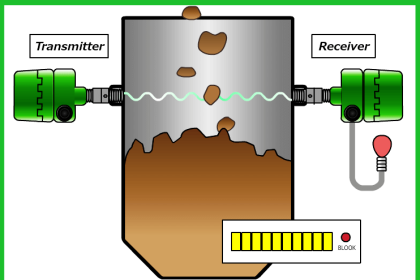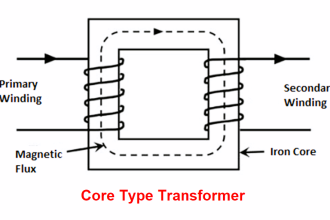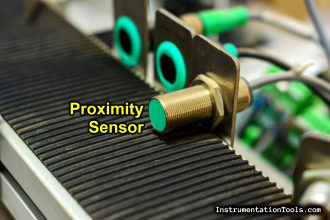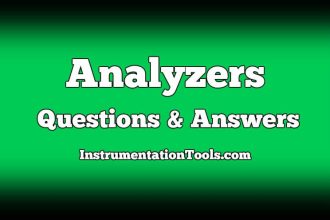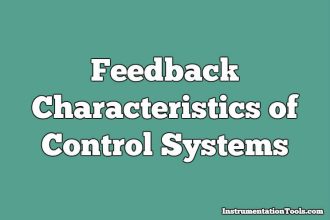A butterfly valve is a valve which can be used for isolating or regulating flow. The closing mechanism takes the form of a disk. Operation is similar to that of a ball valve, which allows for quick shut off.
Basics of Butterfly Valves
Butterfly valves are generally favored because they are lower in cost to other valve designs as well as being lighter in weight, meaning less support is required. The disc is positioned in the center of the pipe, passing through the disc is a rod connected to an actuator on the outside of the valve.
Rotating the actuator turns the disc either parallel or perpendicular to the flow. Unlike a ball valve, the disc is always present within the flow, therefore a pressure drop is always induced in the flow, regardless of valve position.
A butterfly valve is from a family of valves called quarter-turn valves. In operation, the valve is fully open or closed when the disc is rotated a quarter turn.
The “butterfly” is a metal disc mounted on a rod. When the valve is closed, the disc is turned so that it completely blocks off the passageway. When the valve is fully open, the disc is rotated a quarter turn so that it allows an almost unrestricted passage of the fluid. The valve may also be opened incrementally to throttle flow.
Butterfly valves consist of a disc attached to a shaft with bearings used to facilitate rotation. These are considered high recovery valves, since only the disc obstructs the valve flow path. The flow capacity is relatively high and the pressure drop across the valve is relatively low.
The butterfly valves are used for limited throttling where a tight shut off is not required. When fully open, the butterfly creates little turbulence or resistance to flow.
Butterfly Valve Animation
Best Suited Control: Linear, Equal percentage
Recommended Uses :
- Fully open/closed or throttling services
- Frequent operation
- Minimal fluid trapping in line
- Applications where small pressure drop is desired
Advantages :
- Low cost and maintenance
- High capacity
- Good flow control
- Low pressure drop
Disadvantages :
- High torque required for control
- Prone to cavitation at lower flows
- Lack of cleanliness and inability to handle slurry applications.
- Generally not rated as bubble tight, and the cavities and leak paths around the disc stem are potential entrapments for fluids and slurries. Some high performance butterfly valves meeting ASME class VI leakage ratings are however available on demand.
Applications :
- Most economical for large lines in chemical services, water treatment, and fire protection systems. General sizes available are 2″ to 48″, although sizes up to 96″ are available from certain manufacturers.
- Due to the valve design, incorporating a small face-to-face dimension and lower weight than most valve types, the butterfly valve is an economical choice for larger line sizes (i.e. 8″ and above).
- The butterfly valve complies with ASME face-to-face dimensions and pressure ratings. This enables the valve to be easily retrofitted in line regardless of the manufacturer
- The ASME pressure classes adhered to by most manufacturers include 150, 300 and 600# allowing a maximum pressure of 1500 psi.
Applicable Standards :
- AWWA C504 for rubber-seated butterfly valves
- API 609 for lug and wafer type butterfly valves
- MSS SP-69 for general butterfly valves
- UL 1091 for safety butterfly valves for fire protection services

